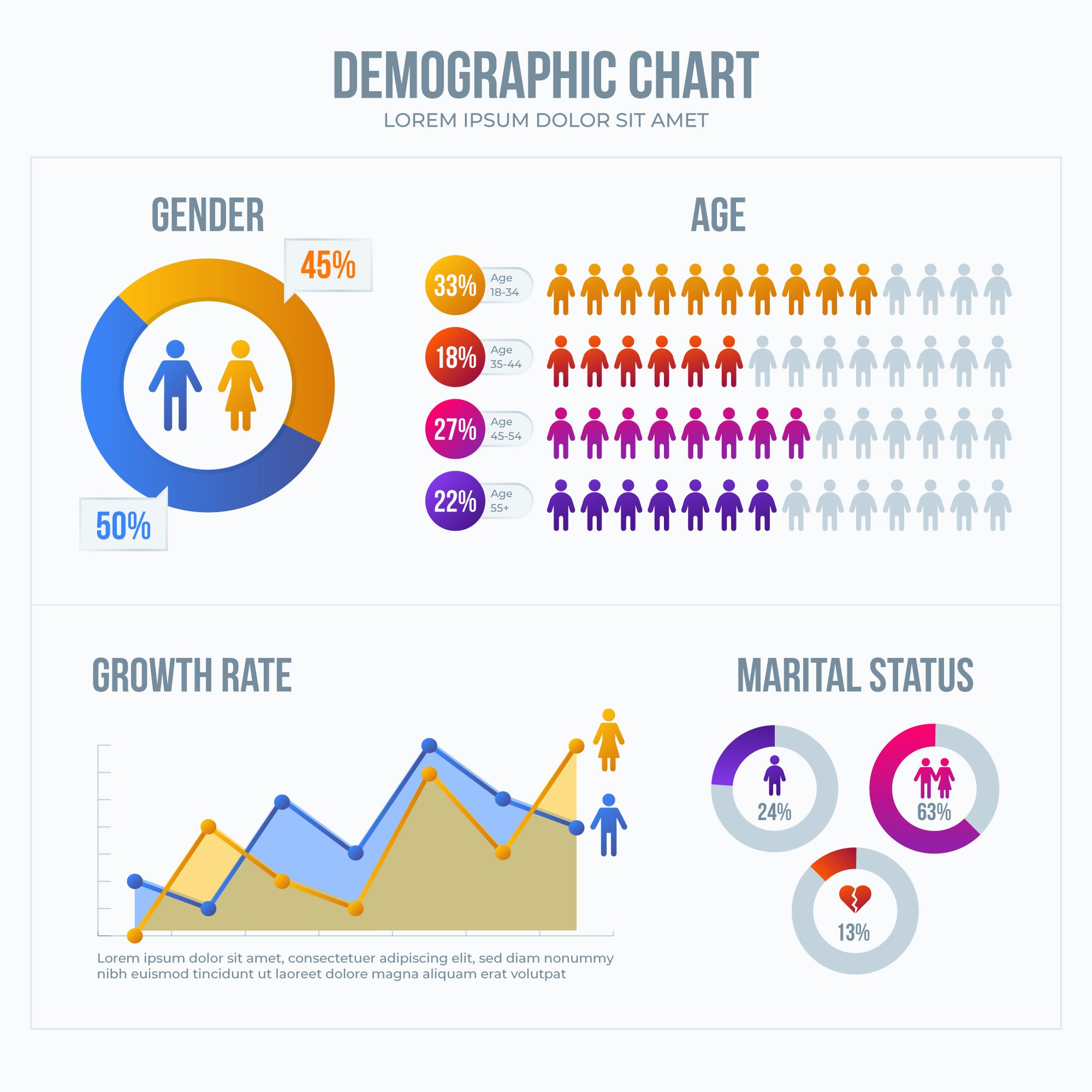Population loss can also result in declining house prices as the sale of properties begins to far exceed demand. This, in turn, can then attract people from a lower socio-economic background who cannot afford housing elsewhere. Referred to as “welfare migration”, it can create perceptions of a “welfare region” thereby leading to a further population exodus, this time comprising residents concerned about the changing demographic profile of their community (McKenzie, 2012). Reflective of this, research indicates that there are three potential “waves” that can occur as a result of an industry closure (World Bank Group, 2018):
1. Local power station employees are retrenched as each power station closes. Many of these will leave the area if alternative jobs offering similar pay and status are not available to them locally.
2. With the loss of the higher incomes earned via the power industry, local retailers, cafes, restaurants etc. also experience an economic downturn, causing many to close.
3. With the out migration of power industry workers (first wave) and other local business owners (second wave), property prices begin to fall leading to an influx of welfare migrants taking advantage of cheaper housing opportunities. This can lead to a third wave in the form of local residents leaving out of concern caused by the changing socio-economic profile of their community.
Image courtesy of FreePik










